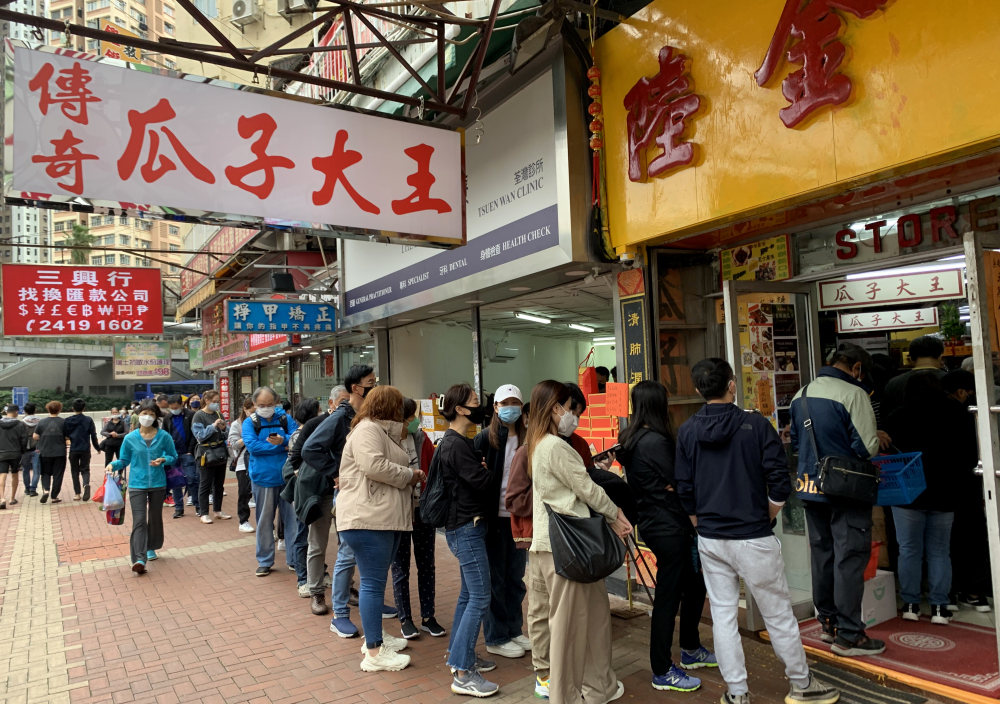From the small ferry dock, a shaded winding road led all arriving visitors uphill. As we walked up, faint prayer songs in Cantonese, English, Mandarin and French came to us from different directions. Local Hongkongers, Western expats, Filipinos, and Mainland Chinese came in small separate groups, walked on the same path and stopped at the fourteen Stations of the Cross to recite prayers at their own pace and in their own language. Despite their differences, they all came to Tai Shui Hang (大水坑) on Lantau Island (大嶼山) for one reason: to commemorate the crucifixion and resurrection of Jesus on Good Friday at Our Lady of Joy Abbey (聖母神樂院), the Roman Catholic monastery that was formerly known as Trappist Haven Monastery. For two years in a row, we visited the abbey at around Easter, which shall be one of the busiest times of the year. We came to learn about the abbey’s history, take in the spiritual ambience, and watch the pilgrims sang and pray. Getting to the abbey from Central was no easy task. Last year we took a ferry to Discovery Bay (愉景灣) and stopped by the monastery halfway during our hike to Mui Wo (梅窩). This year, we reached the monastery by boat from the Island of Peng Chau (坪洲).
As a city renowned for its intermix of Eastern and Western cultures, Chinese festivals are not the only events celebrated by Hongkongers. For the 1.3 million Christians in town, Easter has a much more spiritual meaning than chocolate eggs, clothed bunnies and a 4-day long weekend. Most religious ceremonies happen in churches around the city. But at Our Lady of Joy Abbey, the commemoration of Good Friday takes place outdoor on the Way of the Cross (苦路). Devoted Christians flock to this remote venue in small groups, each with their own prayer booklets for recital at the Stations of the Cross. Beyond the fourteen stations, a lovely garden pavilion with a statue of Virgin Mary and an elegant abbey church welcome all pilgrims at the end of the journey.
While many Hongkongers have tasted the milk by Trappist Dairy (十字牌牛奶) in the past 60 years, not that many do actually know about the Trappists, and even less has actually set foot in the abbey. First established in France and headquartered in Rome, the Trappists came to Lantau Island in 1951 to set up a new home in the region, after they were forced out of Zhengding during the communist takeover of China. In Lantau, they led a hermetic life under the Rule of Saint Benedict. From 1953, the monastery received cow donations and began to produce small amount of milk for themselves and nearby communities. Production gradually grew in scale to become one of the most popular commercial dairy producers in Hong Kong, whose products are still widely available in supermarkets. Like many people, we know about the milk long before we learn about the Trappists, and we are truly grateful to have “discovered” this unique and otherworldly place in a city where tranquility and spirituality is often hard to come by.








































































































































